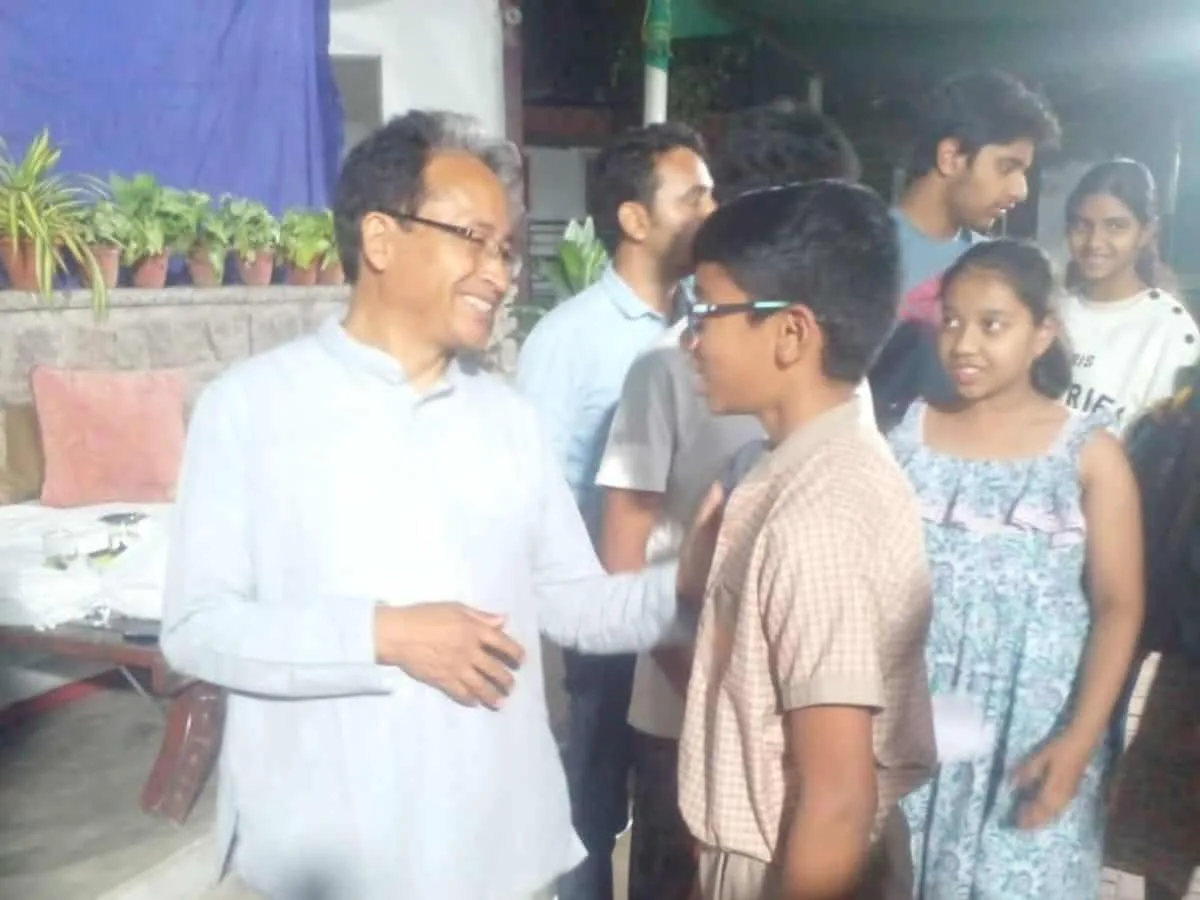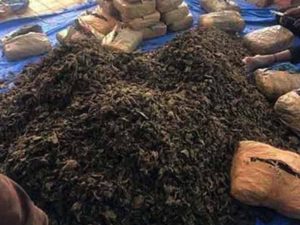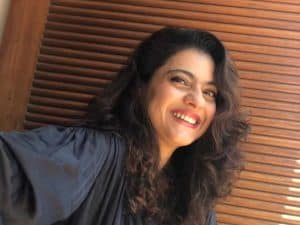Hyderabad: Climate activist and educational reformer Sonam Wangchuk said that the people in big cities “living simply” will help the people in regions like Ladakh to simply live, in times these when a choice needs to be made between the lifestyle and survival, to withstand the effects of climate change and global warming.
He was addressing members from the civil society and the students of Future Kids School in the Financial District on Saturday, February 1, about how the glaciers in the Hindukush have been melting more rapidly than ever, how it has been impacting the planet, and what needs to be done to mitigate the impending crises.
“The head of our mother earth is sick, down with high sweltering fever, and sweating down from her crown, with glaciers melting away and coming down as floods and flash floods. She is sick with burning pain everywhere. From California to Australia, forests are burning and rivers are flooding. She is sick with viral fever. Its time to wonder if we aren’t that virus. Its time to understand what could happen to mother earth if we don’t change our ways and carry on with our business as usual,” he said.
He spoke about how the ancestors of the people of Ladakh built irrigation channels from the mountains to make use of fossilized water to irrigate the water-starved valleys of Ladakh some thousands of years ago, to build villages and towns with greenery, where barley, wheat, apricot, plums, peaches and other crops are grown.
“They did that on the land that was technically uninhabitable. People of Ladakh didn’t just survive, but they thrived by living in harmony with nature,” he noted.
Talking about how things have drastically changed due to global warming which has accelerated the melting of the Himalayan Hindukush glaciers (around 50,000 in total), the third largest storage of frozen water in the world after the north and the south poles; he cautioned that if the glaciers are gone, “there wouldn’t be any river to take dip in, like during the Kumbh, and no drop of water to drink for months.
Giving the example of a village in the upper valley, he said that the village which never saw floods for 80 years, has seen flash floods devastating an area four times between 2006 and 2017, washing away 25% of the city and rendering 1,000 people missing during the 2010 floods.
“We didn’t contribute much in carbon emissions and had very little to do with causing global warming. But we are its first victims. Tomorrow it will be your turn. Use our fate as an alarm bell, so that you can save yourself and others who are suffering due to global warming,” he implored those living in the big cities.
“Simplicity will fix the problems and contentment is one quality which India can teach the world. That’s when we can be Vishwa Guru,” he said, also observing that while certain countries rose to the occasion and resolved to achieve net zero emissions by 2040 or 2050, India has set the target for 2070. It is like while some countries are planning to escape from the approaching Tsunami in 2-3 minutes, we are planning the same in 70 hours,” he felt.
Tiger occupied areas in India expanding, says recent study
He feels that the governments are not the only ones to blame, as they only cater to the needs of their citizens, for example, more demand for power.
“That’s why they are building coal-based power projects, building dams on the rivers. Today they are removing all the shepherds and their yachts to build massive solar power projects in Ladakh to meet his demand which is coming from the big cities like Lucknow and Delhi,” he pointed out.
He felt that the territorial disputes between India and China are the least of the worries for the people of Ladakh, and that the disputes between them were like two neighbours fighting over a small piece of land, towards which a Tsunami was fast approaching.
“Governments are a reflection of the people. If the people change their choices, the governments wouldn’t be able to make policies bad for the climate,” he stressed, also pointing out the fact that a simple aspect like the prices of onions once brought down the government in India.
He said “ballot and wallet” were the two weapons people had, to rule the rulers.
He spoke extensively about the SEMCOL school which he started in Ladakh, which is the world’s first carbon neutral school, constructed in such an architecture that the premises are warmer during the winters and cooler during the summers.
He spoke about how knowledge gained from high school level physics and geography were used to build structures where solar power has been the primary source of energy.
He also mentioned his innovation called “Ice Stupa,” the artificial glaciers which were able to partially mitigate the crisis of the melting glaciers, and the “Live Simply Movement” which he called “an SoS from Ladakh” to rest of the world, empowering the people to pledge for the planet whatever they could do to improve the climate situation.
He spoke about the movement for Ladakh to be included in the sixth schedule of the constitution, so that the people living there could devise legislations that could protect the environment, and govern the land inhabited by the local tribes through the district autonomous councils.







